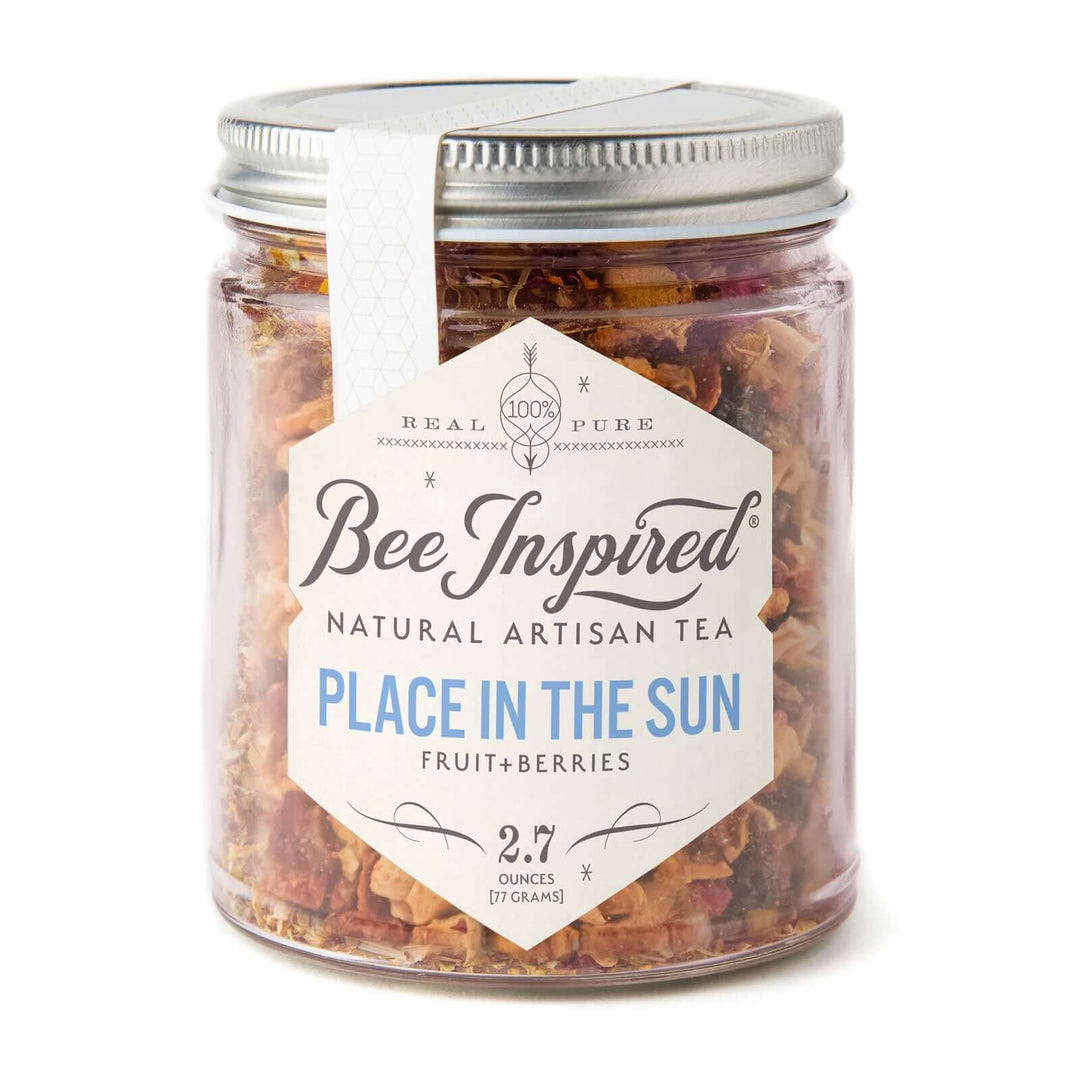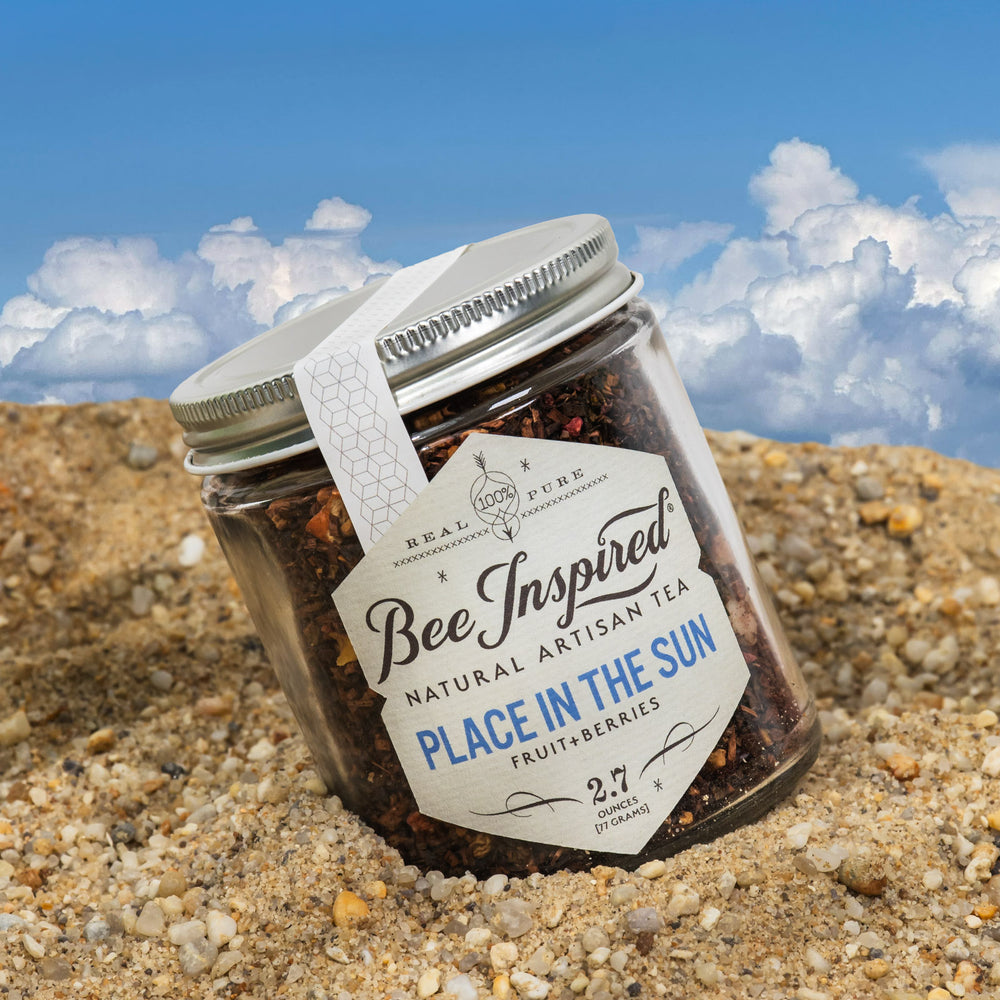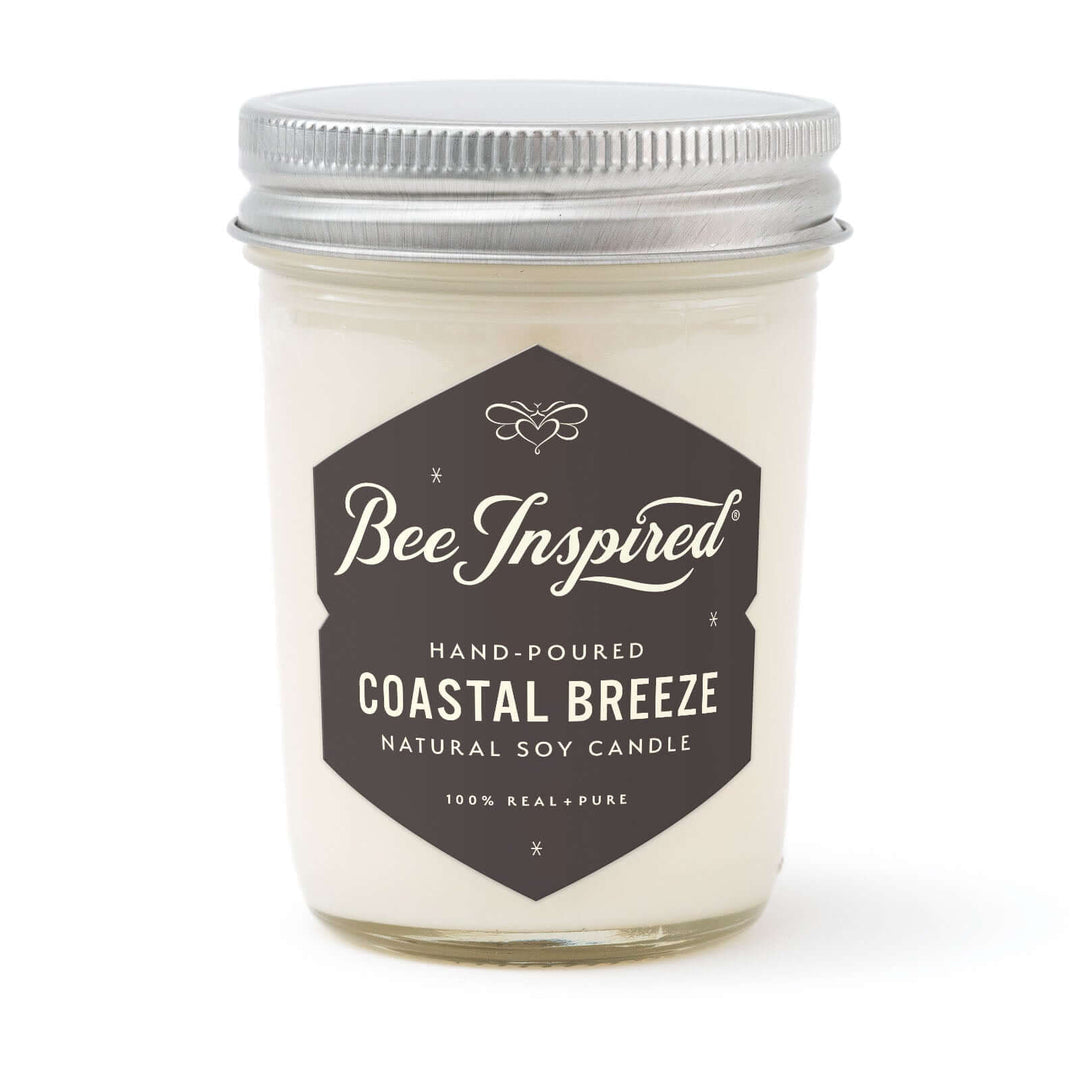Hello fellow makers! Today I'm sharing our team's experience filtering beeswax with a commercial machine. This process was a significant learning journey for everyone involved, with plenty of challenges along the way. If you're considering purchasing a commercial wax melter, especially for filtering beeswax, our insights might save you some trouble. Spoiler alert: For us, it was a mistake to purchase this equipment, here's why.
Understanding the Basics of Filtering Beeswax
Filtering beeswax is a crucial step in creating high-quality beeswax products, whether for candles, cosmetics, or furniture polish. The goal is to remove impurities like honey, dirt, and debris that can affect the appearance and quality of your final product. To achieve this, it is essential to filter beeswax using techniques that involve cheesecloth and a double boiler, ensuring the removal of impurities while maintaining the wax's qualities. Beeswax is produced by worker bees making it a valuable resource. Filtered beeswax is commonly used in cosmetics, candles, and crafts, making the filtration process essential for diverse applications.
The melting point of beeswax is approximately 145°F, making precise temperature management essential. Exceeding 185°F can cause discoloration and permanently ruin your wax. This temperature control is one of the most critical aspects of properly filtering beeswax, as maintaining the right temperature ensures the wax melts efficiently without compromising its quality. Understanding the melting point is key to achieving optimal results.

What is Beeswax?
Beeswax is a plant-derived wax produced by honeybees to build their hives. It is secreted from the wax glands on the underside of the bee’s abdomen and is used to create the hexagonal cells that store honey and pollen. This remarkable substance is not only essential for the bees but also incredibly valuable for us as makers. Beeswax has a myriad of applications, from candle making to cosmetics and furniture polish. Its natural antibacterial and antifungal properties make it a popular ingredient in lip balms, salves, and lotions. Whether you’re crafting a beautiful candle or creating a soothing balm, beeswax is a versatile and indispensable material.
Harvesting and Preparing Beeswax for Filtering
Before filtering beeswax, proper harvesting and preparation are essential:
-
Collect during honey harvesting and hive inspections: Store harvested wax in a dedicated collection bucket or bag. Beekeepers collect beeswax from honeycomb and frames during hive inspections. Burr comb is often found during inspections.
-
Rinse immediately: Do not delay rinsing and drying wax caps - it’s a critical first step we learned the hard way. If you don’t rinse caps well enough before freezing, you’ll encounter problems later.
-
Freeze promptly: If you don’t freeze wax caps soon after harvest, the combination of air and moisture will ruin your batch. Freezing preserves the wax from pests like wax moths.
-
Store properly: Use freezer-safe containers (we used flattened gallon freezer bags) to keep air away from the wax.
It is important to process all the wax efficiently to ensure even heating and thorough filtration.
Cappings wax is generally cleaner than old brood comb, making it ideal for high-quality applications. We take pride in filtering beeswax without additives, ensuring it remains pure and suitable for various projects. Cosmetic products that use beeswax are often cleaner when made from wax that hasn’t been exposed to miticides. When filtering beeswax for cosmetics, finer filtration is required compared to other uses to meet the higher purity standards. Using cheesecloth allows larger debris to be contained improving the overall quality of the final product. Important to note: we only use commercially available USDA certified organic cosmetic grade beeswax in our formulations.

Our Experience with the Primo 150 Wax Melter
We used the Primo 150 Wax Melter to filter our beeswax. While this commercial machine should have simplified our work, several obstacles arose:
-
No instructions included: When we unpacked the melter, we were surprised to find no user manual. Our internet search yielded disappointingly little information.
-
Learning curve: The equipment isn’t intuitive to use, despite working with some bright people. The company seems to assume buyers know what they’re doing.
-
Dirty wax challenges: Our biggest mistake was not washing the caps with very cold water thoroughly enough after harvest and before freezing. This would have greatly reduced the amount of slumgum (impure residue of cocoons, propolis, etc.) in the tank.
-
Water is necessary: After troubleshooting and requesting help from the folks at WaxMelters.com, we learned that water should be added to the tank to make melting the wax easier, especially when mixing a combination of comb.
-
Time-consuming process: Filtering with this machine took several days to filter, re-melt, and re-filter our large batch of caps. Using a dedicated pot for melting the wax and additional tools like a skimmers and seives to remove impurities from the melted beeswax could have improved efficiency.
Effective Methods for Filtering Clean Wax
Through our experience, we found several effective approaches to filtering beeswax:
-
Water bath method: This prevents overheating and burning the wax, though we learned this through trial and error. Add hot water to facilitate melting while preventing overheating. When filtering beeswax, it is important to avoid letting the water boil to prevent overheating the wax. Care should be taken not to add water to already melted wax, as it can cause splattering and burns.
-
Double boiler technique: Using a double boiler helps melt beeswax safely while minimizing risks. Beeswax can also be melted in a crock pot or multi-cooker, offering flexibility depending on the tools available.
-
Sedimentary and gravity filtering: These methods work effectively for different scales of operation.
-
Cheesecloth filtering: Using cheesecloth contains larger debris while filtering, making the process more efficient and ensuring cleaner wax.
-
Solar wax melting: After our challenging experience, beekeeper friends demonstrated a solar wax melter. There’s nothing sophisticated about this method, yet it took dramatically less time and cleanup was much simpler. This method produces a very clean wax without relying on energy or heat sources other than sunlight, ensuring minimal impurities and making it an eco-friendly option for beekeepers.
Safety Precautions When Filtering Hot Wax
Working with melted wax requires careful attention to safety:
-
Use dedicated wax melting pots and utensils to prevent contamination
-
Wear protective clothing like thick gloves and goggles to prevent burns when handling hot wax
-
Work in a well-ventilated area to avoid wax fume buildup
-
Never leave melting wax unattended
-
Always have cool running water nearby for emergency burns
-
Never melt beeswax directly over an open flame
-
Lay out parchment paper or a drop cloth to catch spills and simplify cleanup
-
Work in a well-ventilated area to avoid the buildup of wax fumes while filtering beeswax. This precaution is essential for maintaining a safe and comfortable workspace.
Cleaning Up After Filtering Beeswax
Cleaning the wax-processing equipment was time-consuming and challenging. We discovered that adding boiling water helps dissolve and remove residual wax, making the cleaning process easier when the wax cools. After filtering, beeswax should cool to solidify and separate from remaining impurities. Filtered beeswax can then be poured into molds and allowed to cool overnight, resulting in neatly shaped blocks ready for storage or use. Forming a wax block is crucial for proper storage, ensuring the wax remains clean and easy to handle. Properly cooled and filtered wax should be stored in sealed containers to keep out pests.
Working with Clean Beeswax
Working with clean beeswax is crucial for producing high-quality products. Clean wax, free from debris, dirt, and other contaminants, ensures that your final product looks and performs its best. Achieving clean wax starts with proper harvesting and filtering techniques. Using a dedicated wax melting pot and a double boiler can help maintain the purity of the wax. Laying out parchment paper during the process can prevent contamination and make cleanup easier. Additionally, employing a solar wax melter can be an efficient and eco-friendly way to melt the wax without overheating it. By following these methods, you can ensure that your beeswax remains pristine and ready for any project.
Applications of Filtered Beeswax in Candle Making
Properly filtered beeswax is incredibly versatile:
-
Candle making: Clean beeswax creates high-quality candles that burn evenly without smoke
-
Cosmetics: The natural antibacterial and antifungal properties make it excellent for lip balms, salves, and lotions
-
Furniture polish: Creates a natural, durable finish for wood
-
Artwork: Popular in encaustic art and batik techniques
Troubleshooting Common Issues
When working with beeswax, you might encounter some common issues such as contamination, darkening, and poor filtering. Identifying the source of the problem is the first step in troubleshooting. If your wax is contaminated, consider re-filtering it or trying a different filtering method. Darkening of the wax often results from excessive heat; adjusting the melting temperature or using a gentler melting method like a double boiler can help. If the wax isn’t filtering properly, you might need to tweak your filtering technique or switch to a finer filter medium. By addressing these issues promptly, you can ensure that your beeswax products are of the highest quality.
Lessons Learned About Commercial Wax Melters
Our experience with the Primo150 Wax Melter taught us several valuable lessons:
-
While lightweight compared to water-jacketed equipment, the lack of instructions and customer support posed significant challenges
-
Repairs years later were costly (over $1500) and difficult to arrange
-
The company seems focused on large accounts rather than small handmade operations
-
For all waxmelter.com equipment, you must fill the entire unit before turning on
-
Without proper cap washing, slumgum can accumulate higher than the machine's designed expulsion level
Conclusion
Filtering beeswax should be simpler than our experience. While commercial equipment might seem like the efficient choice for larger operations, we found that simpler methods like solar wax melting can be more practical and user-friendly.
Next time, we'll definitely wash our caps thoroughly before freezing and consider solar melting as our primary method for filtering beeswax. Sometimes the simplest approach proves most effective!
Have you had experience filtering beeswax with commercial equipment? We'd love to hear your insights

*Slumgum: n. 1. A term used in beekeeping, slumgum is the impure residue, consisting of cocoons, propolis, etc. remaining after the wax is extracted from honeycombs.











